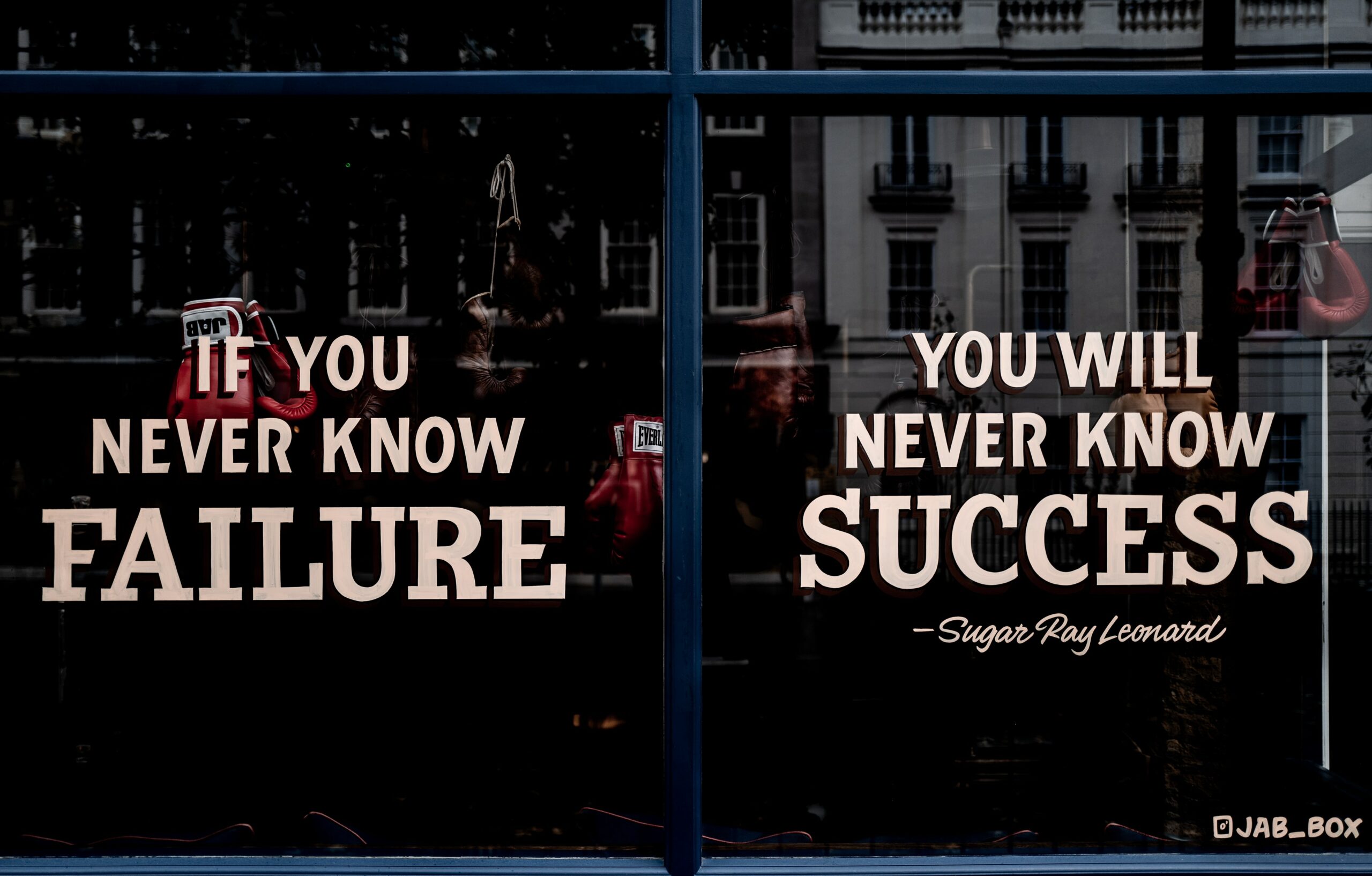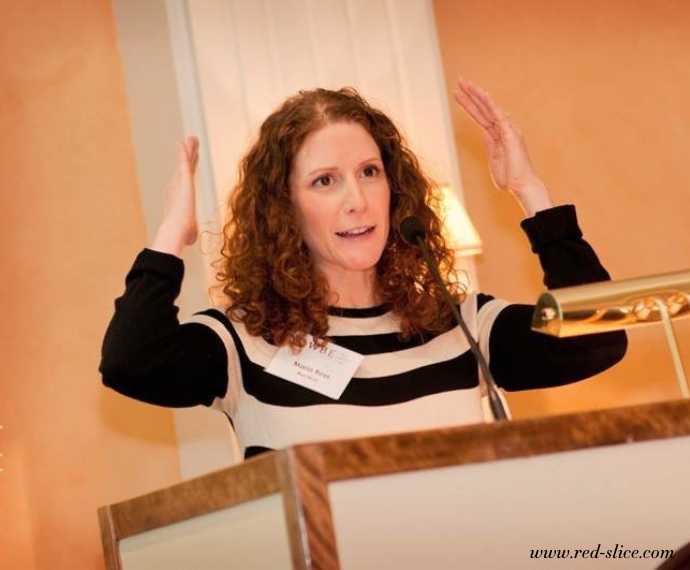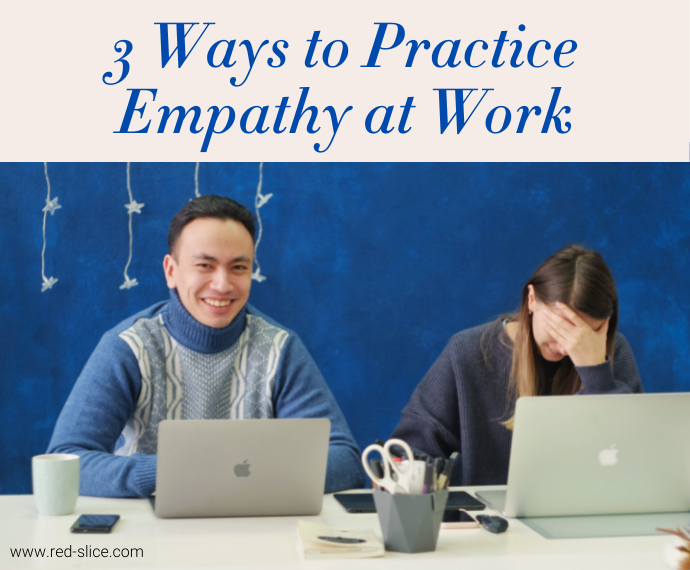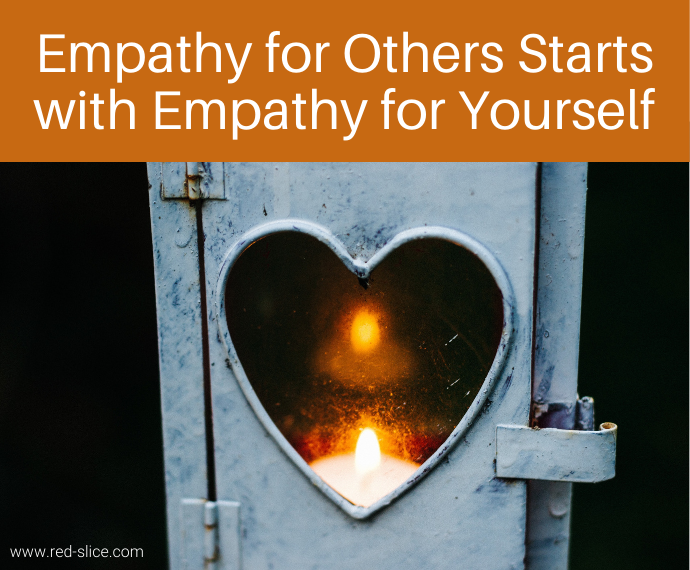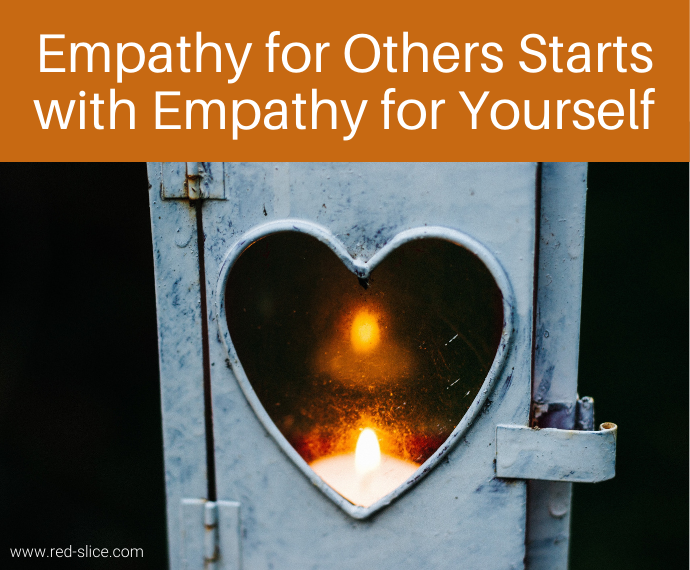I remember how my body felt when I made those BIG mistakes. Do you? How does your body’s reaction compare to your successes? My mistakes felt a little something like this…..
Panic rising up my chest into my now flushed face.
My stomach somehow dropping to my feet in the opposite direction.
Numb or tingling hands and feet.
The sound of my own heartbeat in my ears.
My eyes welling up with tears.
Success causes a very different physiological reaction than mistakes, doesn’t it?! But which are more valuable to making you the person you are?
But we often gloss over our successes and stay laser focused on the mistakes because of the trauma in our bodies that those mistakes cause.
In great detail, I can describe all of those heart-stopping mistakes:
In college where I served as my sorority’s Rush chair during a crucial year. I had managed to turn attitudes around and mobilize everyone to work as a team to save the chapter – but screwed up the very manual process for the last round, in essence, dis-inviting maybe about 50-100 women who wanted to join us, with no way to change the decision, leaving our chapter in dire straits and my sisters furious with me.
My first management consulting engagement right out of college, where I spent weeks coding computer-based training, only to press the wrong button the night before our manager needed to compile the code and – POOF- it was all gone.
That brand new marketing job where I was thrown in to picking up on organizing our presence at a very large and important sales trade show. And despite triple-checking requirements and timing because I had never done this before, we completely missed the set-up time, and the VP of Sales had to bail me out.
That time I poorly estimated costs and hours on two of my very first consulting projects, resulting in great money for my subcontractors, but barely enough for myself.
And SO MANY MORE…
But what I also take away from those mistakes are the lessons learned, like many more famous successful people do. How to perform better. How to pay attention to detail. How to communicate more clearly. How to listen to instructions and ensure I repeat back what’s expected so we are both on the same page.
Those mistakes make me the valuable professional I am today. Without them, I might not be as successful. And they led to so many more wins in my career. Leading a global roadshow. Pivoting brand messaging to boost sales. Speaking on stages about the power of empathy. Researching and publishing books. Guiding clients to connect and engage through empathy with the stakeholders who matter most.
Your mistakes may cause intense trauma, but they provide the fire that forges the successful person you are today.(TWEET THIS!) Older. Wiser. Sharper. You now know what to do and when to take your hand off the hot stove!
Looking at them that way, is there ever really such a thing as failure?
Photo credit: The Blow Up on Unsplash


